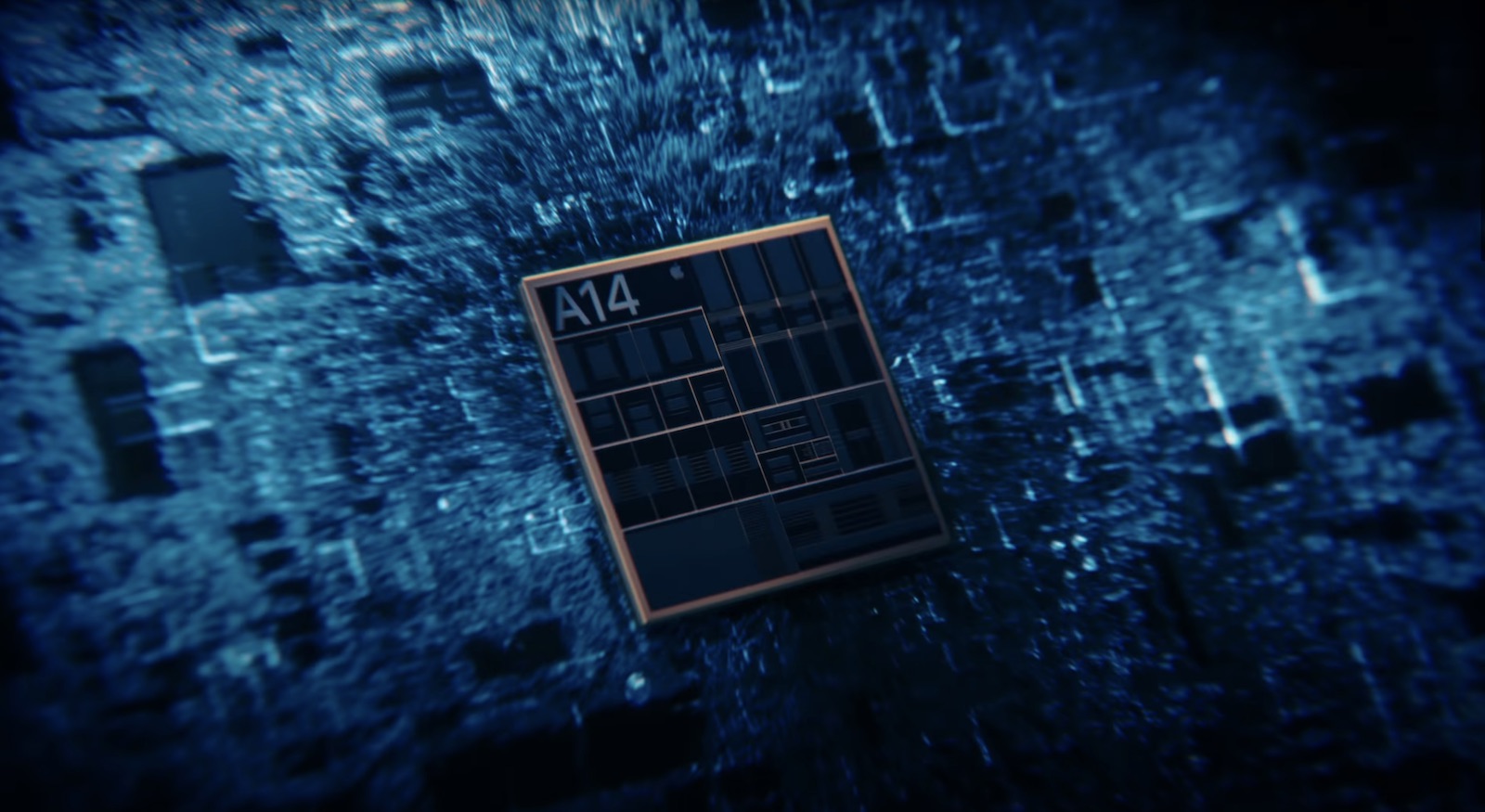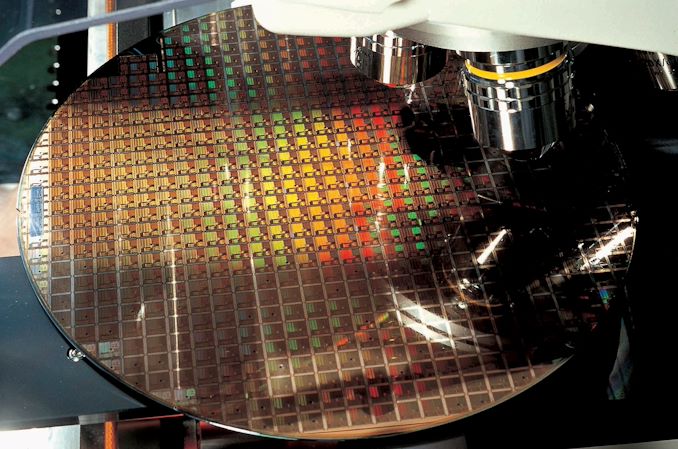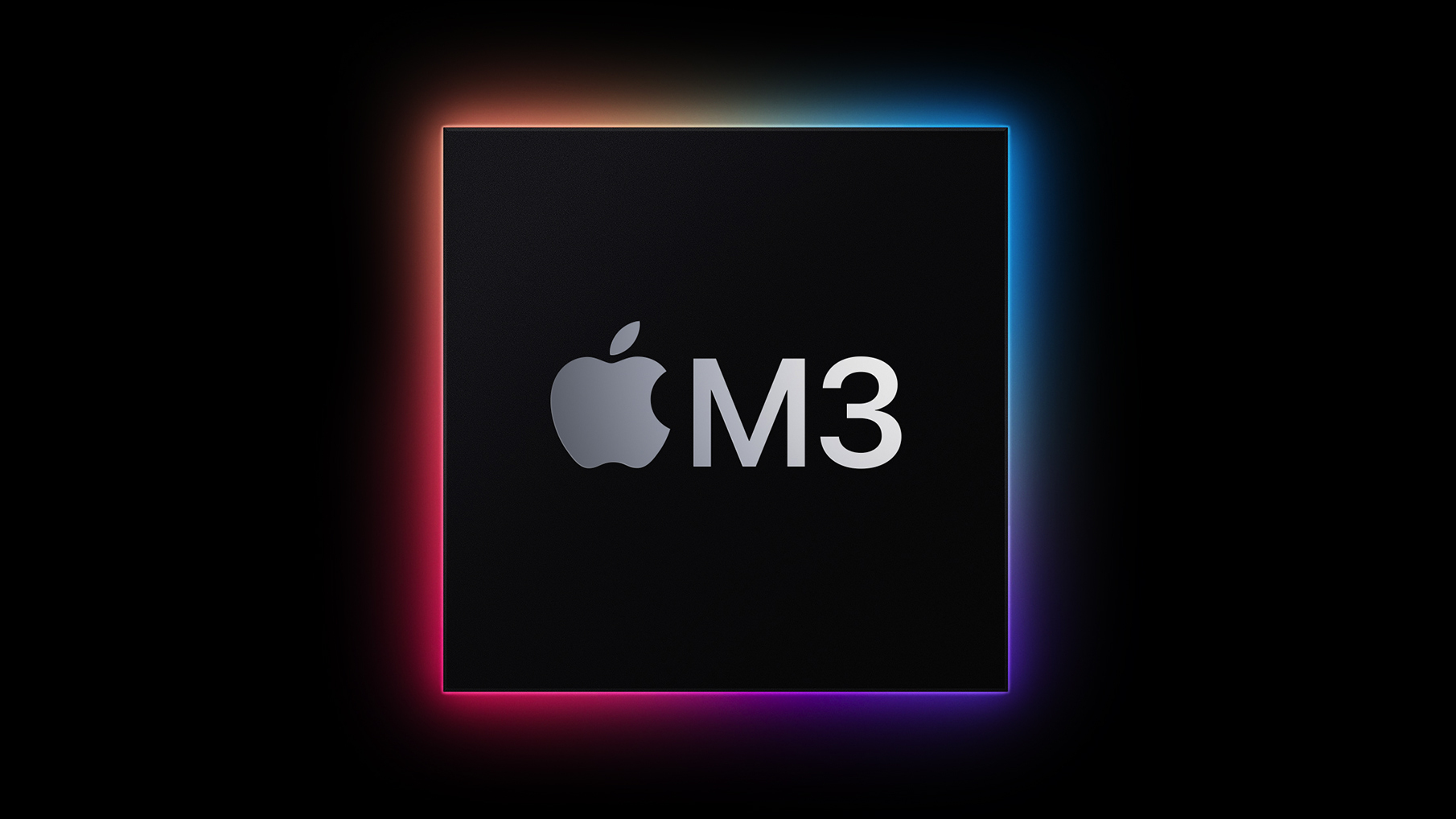Apple's custom silicon is expected to leap to 3nm, a next-generation manufacturing technique, later this year, but what exactly does the enhanced process mean for the company's next-generation chips?

Semiconductor fabrication is the process used to make chips. The "node" of the process is, in simple terms, a measure of the smallest possible dimension used in manufacturing, measured in nanometers (nm). The node of a chip helps to determine its transistor density, as well as its cost, performance, and efficiency.
The link to actual physical dimensions has become hazy in recent years as advancements have slowed and marketing has become more important, but it still broadly denotes how advanced the chip technology is.
Apple made the last big fabrication process jump in 2020, when it moved to TSMC's 5nm process with the A14 Bionic and the M1 chip. Some chips, such as the S6, S7, and S8 in the Apple Watch have continued to use a 7nm fabrication process because they are based on the A13 Bionic – Apple's final 7nm chip designed for the iPhone.

Apple introduced the A16 Bionic chip with the iPhone 14 Pro and iPhone 14 Pro Max last year. Apple claims that it is a 4nm chip because it uses TSMC's "N4" process, but in reality it is made with an enhanced version of TSMC's 5nm N5 and N5P processes.
At minimum, 3nm should provide the biggest performance and efficiency leap to Apple's chips since 2020. The increased number of transistors that are made possible by 3nm allows the chip to perform more tasks simultaneously and at a faster rate, while using less power.
The next-generation production technique allows chips to use up to 35 percent less power while providing better performance compared to the 5nm process that Apple has used for all of its A- and M-series chips since 2020.

3nm chips could also allow for more advanced dedicated chip hardware. For example, a 3nm chip could potentially support more advanced artificial intelligence and machine learning tasks, as well as more advanced graphics capabilities.
Apple was rumored to have engineered a new CPU with ray-tracing capabilities for the A16 Bionic but scrapped the technology late in the A15 Bionic's development process, reverting to the CPU from the A15 Bionic. As such, built-in ray tracing support with the first 3nm chips seems highly likely.
It is worth noting that moving to a smaller chip size can also present some challenges, such as increased power density, heat generation, and manufacturing complexity. This is one of the reasons why major fabrication process leaps occur increasingly less often.
According to The Information, future Apple silicon chips built on the 3nm process will feature up to four dies, which would support up to 40 compute cores. The M2 chip has a 10-core CPU and the M2 Pro and Max have 12-core CPUs, so 3nm could significantly boost multi-core performance.
TSMC has ramped up its testing on 3nm production since 2021 but this year the technology is expected to be mature enough to be commercially viable. TSMC is expected to begin full commercial production of 3nm chips in the fourth quarter of 2022. The production schedule is believed to be going to plan.
Apple's order of 3nm chips is thought to be so large that it occupies TSMC's entire production capacity for the node this year. Recent reports suggest that the supplier is struggling to produce enough 3nm chips to meet demand for Apple's upcoming devices.
Analysts believe TSMC is having issues with tools and yield, impacting the ramp up to volume production of the new chip technology. There is a chance that some M3 devices maybe slightly delayed on account of these problems, but it seems unlikely that Apple would want to delay the launch of the A17 Bionic and iPhone 15 Pro models.
Once 3nm production is well established, TSMC will move on to 2nm. It is expected to start production on the 2nm node in 2025.
This year, Apple is widely rumored to introduce at least two chips made with TSMC's 3nm process: the A17 Bionic and the M3 chip. The first devices containing the A17 Bionic are likely to be the iPhone 15 Pro and the iPhone 15 Pro Max, which are expected to launch in the fall.

The first M3 devices are expected to include an updated 13-inch MacBook Air, 24-inch iMac, and iPad Pro. The iPhone 15 Pro and iPhone 15 Pro Max are the only devices rumored to contain the A17 Bionic chip, but it is likely to come to the iPhone 16 and iPhone 16 Plus next year, and potentially other devices like the iPad mini and Apple TV in the years ahead.
Apple is working on multiple M3 chips, codenamed Ibiza, Lobos, and Palma. Looking further ahead, Apple analyst Ming-Chi Kuo believes that new 14- and 16-inch MacBook Pro models coming in 2024 will feature M3 Pro and M3 Max chips.
This article, "3nm Apple Silicon: What Is It and Why Does It Matter?" first appeared on MacRumors.com
Discuss this article in our forums
Source: TechRadar
Semiconductor fabrication is the process used to make chips. The "node" of the process is, in simple terms, a measure of the smallest possible dimension used in manufacturing, measured in nanometers (nm). The node of a chip helps to determine its transistor density, as well as its cost, performance, and efficiency.
The link to actual physical dimensions has become hazy in recent years as advancements have slowed and marketing has become more important, but it still broadly denotes how advanced the chip technology is.
What Nodes Does Apple Use Currently?
Apple made the last big fabrication process jump in 2020, when it moved to TSMC's 5nm process with the A14 Bionic and the M1 chip. Some chips, such as the S6, S7, and S8 in the Apple Watch have continued to use a 7nm fabrication process because they are based on the A13 Bionic – Apple's final 7nm chip designed for the iPhone.

Apple introduced the A16 Bionic chip with the iPhone 14 Pro and iPhone 14 Pro Max last year. Apple claims that it is a 4nm chip because it uses TSMC's "N4" process, but in reality it is made with an enhanced version of TSMC's 5nm N5 and N5P processes.
What Will 3nm Bring?
At minimum, 3nm should provide the biggest performance and efficiency leap to Apple's chips since 2020. The increased number of transistors that are made possible by 3nm allows the chip to perform more tasks simultaneously and at a faster rate, while using less power.
The next-generation production technique allows chips to use up to 35 percent less power while providing better performance compared to the 5nm process that Apple has used for all of its A- and M-series chips since 2020.
3nm chips could also allow for more advanced dedicated chip hardware. For example, a 3nm chip could potentially support more advanced artificial intelligence and machine learning tasks, as well as more advanced graphics capabilities.
Apple was rumored to have engineered a new CPU with ray-tracing capabilities for the A16 Bionic but scrapped the technology late in the A15 Bionic's development process, reverting to the CPU from the A15 Bionic. As such, built-in ray tracing support with the first 3nm chips seems highly likely.
It is worth noting that moving to a smaller chip size can also present some challenges, such as increased power density, heat generation, and manufacturing complexity. This is one of the reasons why major fabrication process leaps occur increasingly less often.
According to The Information, future Apple silicon chips built on the 3nm process will feature up to four dies, which would support up to 40 compute cores. The M2 chip has a 10-core CPU and the M2 Pro and Max have 12-core CPUs, so 3nm could significantly boost multi-core performance.
When Are the First 3nm Chips Coming?
TSMC has ramped up its testing on 3nm production since 2021 but this year the technology is expected to be mature enough to be commercially viable. TSMC is expected to begin full commercial production of 3nm chips in the fourth quarter of 2022. The production schedule is believed to be going to plan.
Apple's order of 3nm chips is thought to be so large that it occupies TSMC's entire production capacity for the node this year. Recent reports suggest that the supplier is struggling to produce enough 3nm chips to meet demand for Apple's upcoming devices.
Analysts believe TSMC is having issues with tools and yield, impacting the ramp up to volume production of the new chip technology. There is a chance that some M3 devices maybe slightly delayed on account of these problems, but it seems unlikely that Apple would want to delay the launch of the A17 Bionic and iPhone 15 Pro models.
Once 3nm production is well established, TSMC will move on to 2nm. It is expected to start production on the 2nm node in 2025.
What Upcoming Devices Will Feature 3nm Apple Silicon Chips?
This year, Apple is widely rumored to introduce at least two chips made with TSMC's 3nm process: the A17 Bionic and the M3 chip. The first devices containing the A17 Bionic are likely to be the iPhone 15 Pro and the iPhone 15 Pro Max, which are expected to launch in the fall.

The first M3 devices are expected to include an updated 13-inch MacBook Air, 24-inch iMac, and iPad Pro. The iPhone 15 Pro and iPhone 15 Pro Max are the only devices rumored to contain the A17 Bionic chip, but it is likely to come to the iPhone 16 and iPhone 16 Plus next year, and potentially other devices like the iPad mini and Apple TV in the years ahead.
Apple is working on multiple M3 chips, codenamed Ibiza, Lobos, and Palma. Looking further ahead, Apple analyst Ming-Chi Kuo believes that new 14- and 16-inch MacBook Pro models coming in 2024 will feature M3 Pro and M3 Max chips.
This article, "3nm Apple Silicon: What Is It and Why Does It Matter?" first appeared on MacRumors.com
Discuss this article in our forums
Source: TechRadar